A spark plug is a device used in the process of igniting the air/fuel mixture through an electric spark to send the electrical current from an ignition chamber to the combustion chamber of the spark-ignition system which is in the engine.
A faulty and a worn-out spark plug can cause various problems, such as misfiring of the engine and poor fuel economy.
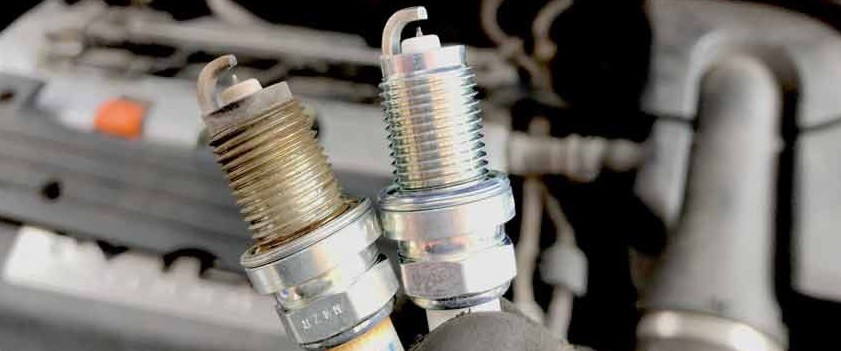
When changing spark plugs, most people are confused about disconnecting the battery; in this article, we will discuss all the key points related to this confusion so that you will have a clear view of whether to disconnect or not disconnect the battery when changing the spark plug.
Table of Contents
What is the use of spark plugs?
The engine of your car turns the fuel into energy with the help of a process known as internal combustion. This process involves burning the fuel or gasoline internally and then using it as a source of energy used in the working of a vehicle. This combustion process involves using various other parts such as pistons, combustion cylinders, spark plugs, and valves.
You May Also Like: Best Spark Plugs for 4.3 Vortec
Spark plugs play an important role in the combustion process as the engine requires a spark to ignite the air/fuel mixture, which will then convert into energy that will be used up by the vehicle to work. These spark plugs are used to create those small sparks required to ignite the air/fuel mixture.
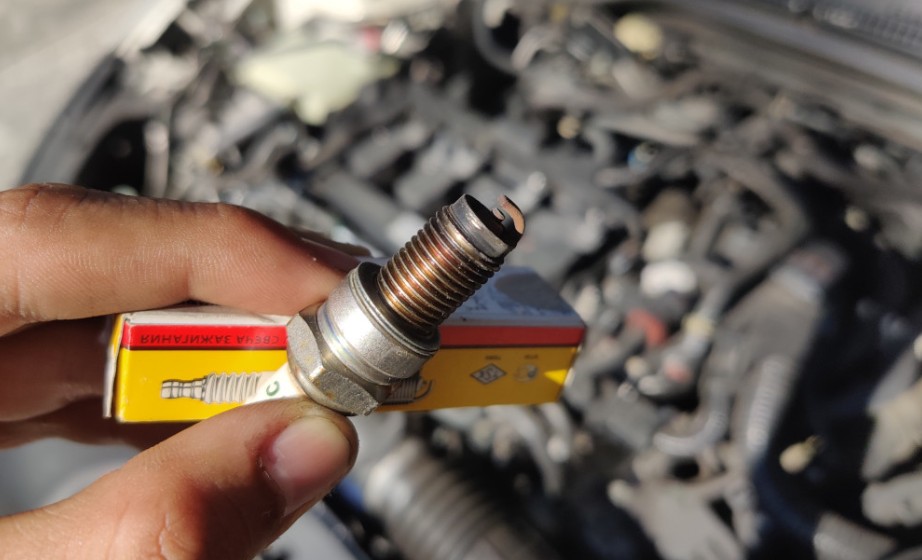
After the air-fuel mixture is ignited, then the combustion process takes place. These spark plugs are built with durable material to withstand the light explosions caused whenever you put your car into the ignition.
But the corrosion and rust can make the spark plugs malfunction and hence cause problems like misfiring of the engine or failure to produce the spark for ignition of the mixture, which results in problems that will be caused in starting your car.
Do You Need To Disconnect Battery To Change Spark Plugs? : Actual answer
While changing spark plugs, you don’t need to disconnect battery to change spark plugs. But as a safety measure that should be given priority while doing any vehicle assembling or assembling stuff, you should disconnect the battery by disconnecting its terminals to avoid any issues that might be prone.
The battery of a car is responsible for providing electric current, which is used by the starter motor which turns on the engine; this energy is stored in the battery itself, which means that any metal which is colliding or coming in contact with a connected battery will then cause an electric current to flow that can lead to various hazardous problems.
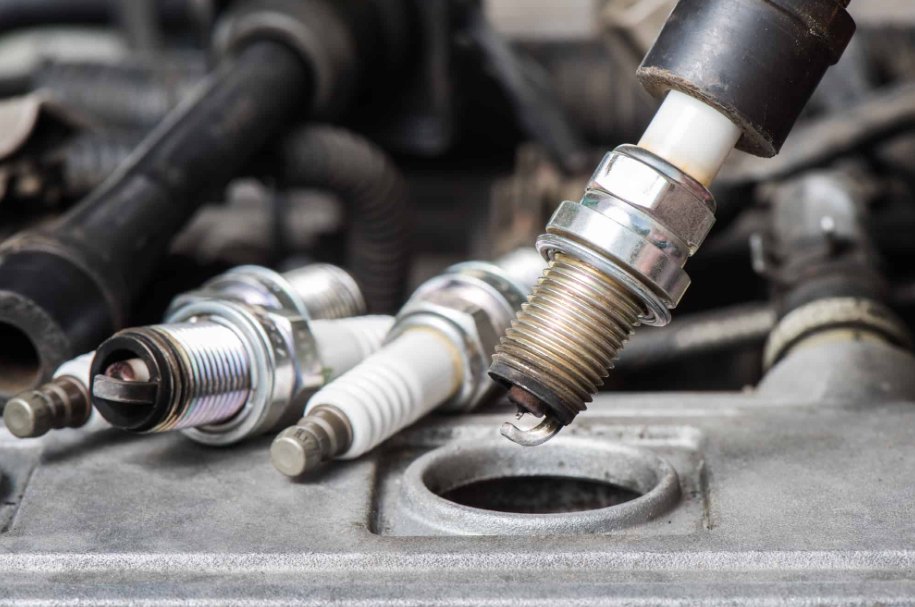
Suppose if you are handling any hardware tool such as a screwdriver or a wrench and it comes in contact with the battery, then it will lead to the generation of an electric current and can cause damage to you. To be on the safe side, it is recommended to disconnect the negative terminals of the battery from your car. However, the battery is not connected directly to the spark plugs; this is a common assumption people have in mind that the two are connected.
Spark plugs and battery are not connected directly; spark plugs are connected to the ignition system of the car, and the battery has the purpose of delivering a stored current to the induction coil.
Why do you need to change your spark plugs?
Spark plugs are an integral part of a car’s ignition system, and hence you must replace the spark plugs with a pair of new ones after every interval of 20,000 to 40,000 miles. If you are not sure when to change yours, here we have a few signs that can be an indication that you need a spark plug replacement. Look for any of these signs that might exist in your car:
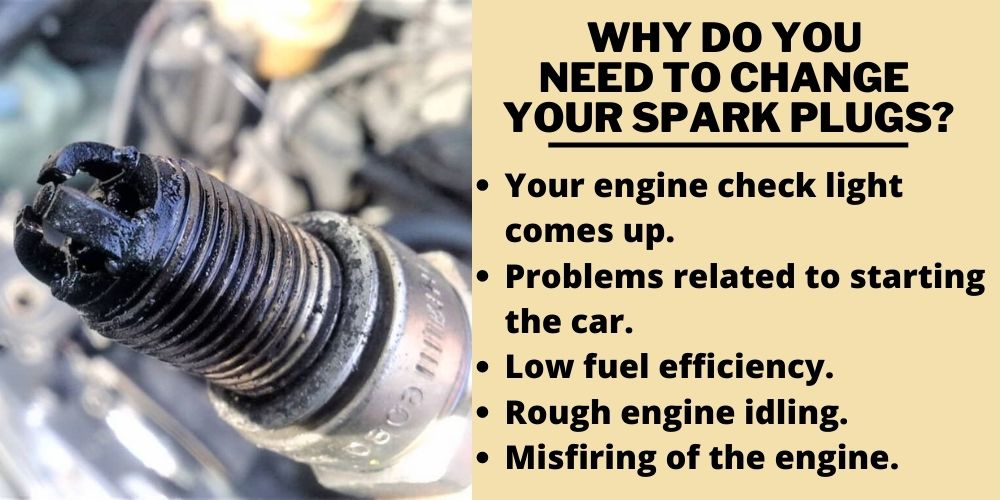
🚗 Your engine check light comes up
If you have worn out or faulty spark plugs, your engine light will show up. If you notice this, it is a direct indication that it is now the right time to change your existing spark plugs.
🚗 Problems related to starting the car
After you put your car into the ignition and notice sudden trouble in starting your car, this might be the issue of bad spark plugs as the spark plugs are a key component of the ignition system of a car.
🚗 Low fuel efficiency
If you have bad spark plugs, then its direct effect can be seen on your car’s gas consumption, which means that bad spark plugs will lead to more gas consumption than usual. It will then decrease the overall fuel efficiency of the vehicle.
🚗 Rough engine idling
While just starting to drive your car, have you noticed some rough idling or stalling when upshifting or downshifting the gears. This can happen due to faulty or bad spark plugs.
🚗 Misfiring of the engine
Misifiring of the engine can be identified as one of the major indicators that something is wrong with your spark plugs. Moreover, you should seek a replacement for the spark plugs.
What is the correct way to change the spark plugs?
Now you know whether you need to disconnect the battery or not when changing the spark plugs; here, we have a step-by-step guide on how you can change the spark plugs of a car correctly. Just follow the steps that are given below:
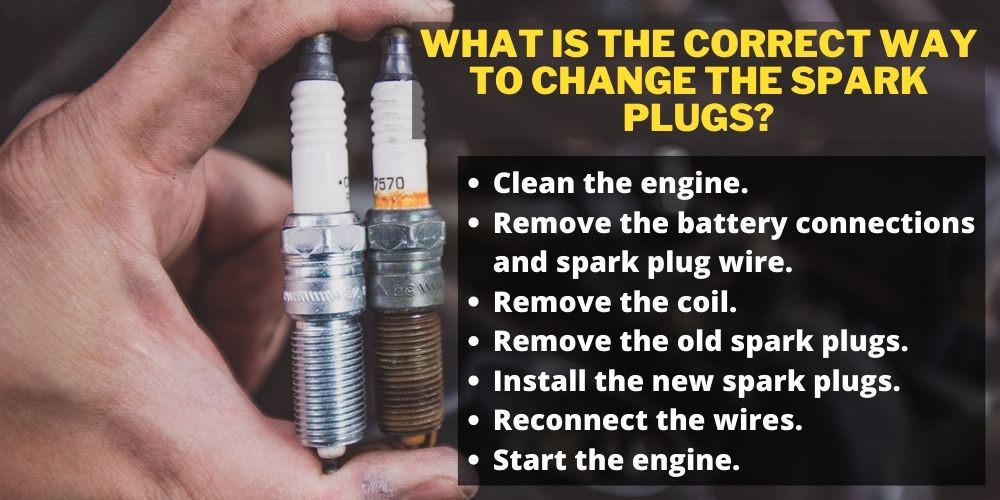
Remember never to attempt changing the spark plug just after driving as it can cause severe burns because when the engine is working, it will heat the spark plugs and other parts like the ignition coil, which is in direct contact with the spark plugs.
🚗 Clean the engine
Start removing the engine cover if your engine has one. Noe proceeded to clean the dirt and debris over the engine’s surface to avoid getting the dirt into the cylinders or any other part as it could potentially damage it.
🚗 Remove the battery connections and spark plug wire
Disconnect the negative terminals of the battery to avoid any casualties that might get you up into serious troubles, and then disconnect the spark plug wire from the coil by using the spark plug pliers.
🚗 Remove the coil
After cleaning the engine, look for the ignition coil and disconnect it from the other electrical units.
🚗 Remove the old spark plugs
After you have removed the ignition coil nor proceed to remove the old spark plugs by using a socket wrench; if you feel that your spark plugs are stuck, don’t apply a huge amount of pulling force as it can damage other parts in contact as well and can cost you a good amount to burn a hole in your pocket. Use a light force using the wrench only and try to remove the spark plugs as safely as possible.
🚗 Install the new spark plugs
After removing the old plugs, carefully clean the threads to avoid any dust settling in; after that, install the new plugs.
🚗 Reconnect the wires
After the successful installation of the new spark plugs, now proceed to connect the disconnected wires again; start by applying a small amount of plug wire grease to the plug wire boot, and then connect all the wires and connectors to the ignition coil safely.
🚗 Start the engine
Start the engine to check or validate whether the spark plug you have r placed into your car is working properly.
Are the spark plugs directly connected to the battery?
Spark plugs are connected to a car’s ignition coil, and the ignition coil is connected to the battery. The battery is responsible for delivering a certain amount of current to the car’s ignition coil; then, this current creates a spark in the spark plugs, which is responsible for igniting the air/fuel mixture in the cylinder to run the vehicle. Spark plugs are not directly connected to the battery but are connected through a third part of the ignition system, the ignition coil.
Conclusion
Spark plugs are an integral part of the ignition system of the car; if you have a pair of faulty spark plugs, then consider replacing them as soon as possible as it can lead to the damage of other internal parts such s the ignition coil, and when replacing the spark plugs remember to take all the safety measures to avoid any issues that might be prone.
